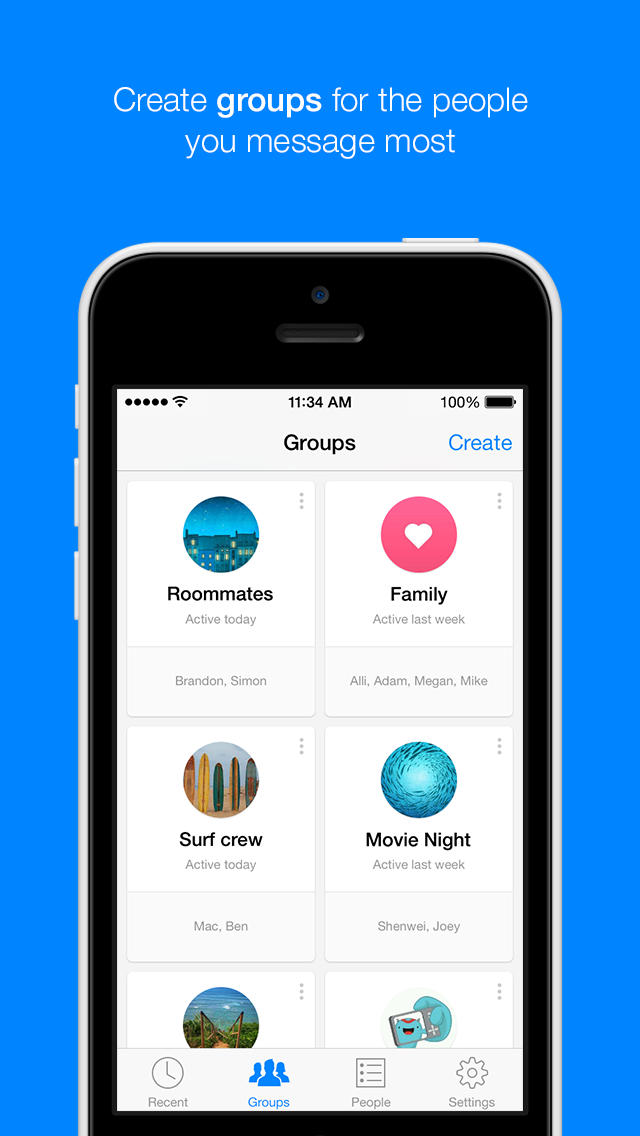Reinstall macOS. Select Reinstall macOS from the utilities window in macOS Recovery, then click Continue and follow the onscreen instructions. Follow these guidelines during installation: If the installer asks to unlock your disk, enter the password you use to log in to your Mac. If the installer doesn't see your disk, or it says that it can't. Newer versions of macOS, including 10.11, ship with an implementation of LAPACK included in vecLib, which is included in macOS. So if your software is vecLib-aware, you may not need to install LAPACK at all. If you need to install a separate LAPACK, it's now available as a Homebrew formula in Homebrew core. So brew install lapack will work now. It is an article that you can find a lot on Google and the internet but most of them are not working with our systems, and there is no support for them, but in this article, I am going to show you how to install Mac OS X El 10.11 on PC with some more instructions and guidance.

On this page:

- Reinstall El Capitan on a computer alreadyrunning it
Upgrade from previous versions to OS X 10.11 (El Capitan)
- From the Apple menu, select App Store....
- When the App Store opens, search for and download El Capitan. If you don't already have an Apple ID, you'll need to create one. You can monitor the download process in the 'Purchased' section of the App Store.
- Once the download is complete, the installer should automatically open.
If it doesn't, or you don't want to complete the installation at this time, you can come back later and double-click Install OS X El Capitan in your
Applicationsfolder.Within the installer, click Continue, agree to the license agreement, and then choose the disk where you want to install El Capitan.
After you begin the installation, your computer may need to restart more than once before finishing, and then you may be asked to enter basic information.
- From the Apple menu, select App Store..., and then install any available updates.
Reinstall El Capitan on a computer already running it
Reinstall while keeping files, applications, and settings

- Restart your computer, and immediately hold down
command-runtil the gray Apple logo appears. - If prompted, select your main language and then click the arrow.
- Click Reinstall OS X, and then Continue. Follow the instructions on the screen, and then choose your hard disk. Click Install, and enter your Apple ID information if prompted.
- When the installation is complete, select App Store... from the Apple menu, and install any available updates.
Reinstall while erasing everything on your computer

Restart your computer, and immediately hold down
command-runtil the gray Apple logo appears.- If you see a screen asking you to select your main language, choose it, and then click the arrow.
- Click Disk Utility, and then Continue.
- In Disk Utility:
- Click your hard disk in the left column, and then click the Erase tab.
- Next to 'Format:', make sure OS X Extended (Journaled) is selected. In the 'Name:' field, give your disk a name. Click Erase.
- Once it's completed, quit Disk Utility.
- Click Reinstall OS X, and then Continue:
- Follow the instructions on the screen, and then choose your hard disk.
- Click Install. If prompted, enter your Apple ID information.
- Once the installation is complete, you'll be asked to enter basic information, and have the option to transfer data from another computer or backup.
- From the Apple menu, select App Store, and then install any available updates.
Apple just released its next-generation operating system for Macs, OS X 10.11 El Capitan, to the public.
If you haven’t been using a developer or public beta version over the last few months, here’s how to upgrade from Yosemite to El Capitan: First, make sure you can. El Capitan supports the follow Macs running OS X Snow Leopard and on:
Clean Install Macos 10.11
- iMac (Mid 2007 or newer)
- MacBook (Late 2008 Aluminum, or Early 2009 or newer)
- MacBook Pro (Mid/Late 2007 or newer)
- MacBook Air (Late 2008 or newer)
- Mac mini (Early 2009 or newer)
- Mac Pro (Early 2008 or newer)
Is your Mac on that list? Then head on over to the Mac App Store and click on Updates. El Capitan will show up as a software update. You can also click on this link to go directly to the El Capitan download.
Install Macos 10.11.6

The Macworld staff has been diving deep this summer into all of El Capitan’s new features. Once you’re set up with the new version, take some time to read our coverage and decide which changes will help you make the most of your Mac.
Have questions about El Capitan? Let us know in the comments, and we’ll try to find answers.